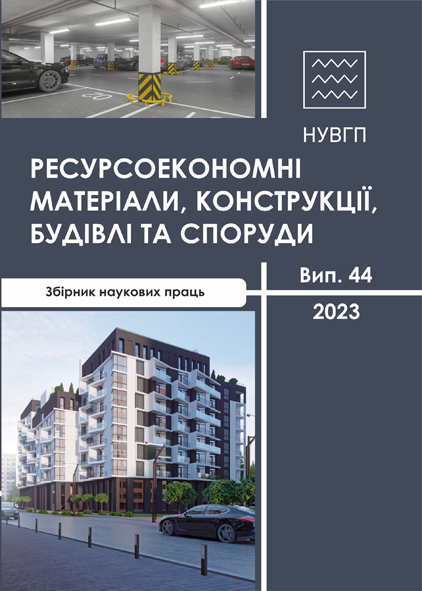ACTIVATED SLAG-ALKALINE CONCRETES ARE SUITABLE FOR 3D PRINTING
DOI:
https://doi.org/10.31713/budres.v0i44.04Abstract
The article shows the possibility of obtaining fine-grained concrete mixtures and concretes based on slag-alkaline binders, which can be used as working mixtures for a 3D printer. The choice of raw materials is an important task and can solve the problem of resource and energy saving, provided that man-made waste is used. Currently, cementless or low-cement materials - geopolymers, as well as alkaline activation binders - are promising. Slag-alkaline binders developed by V. D. Glukhovsky are hydraulic binders obtained by finely grinding granulated slag compatible with an alkaline component or by mixing finely ground slag with solutions of alkaline metal fragments. Thus, the analysis of the current state of 3D printing technology in construction allows us to state that there are prerequisites for the effective use of industrial waste as mineral additives with the achievement of the optimal mixture composition, which provides the necessary standardized extrusion and mechanical characteristics of such concrete. Using mathematical planning of experiments, a complex of experimental and statistical models of compressive and bending strength at the age of 1 day and 28 days describing the influence of factors was obtained. It has been studied that the minimum required compressive strength of a multilayer structure at the age of 1 day is at least 3.0 MPa, which can be achieved by using Portland cement at 10...15% and hardening activator at least 2%. The 28-day strength of the mortar is more than 30 MPa. The bending strength at the age of 28 days is 3.0...5.0 MPa and will provide sufficient adhesion between the layers with a content of Portland cement of 10...15% and a hardening activator of 2.5...5%.

